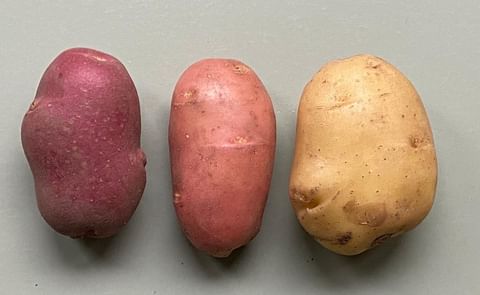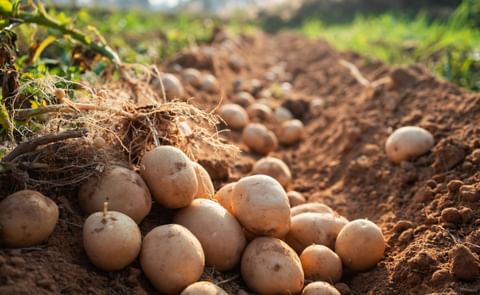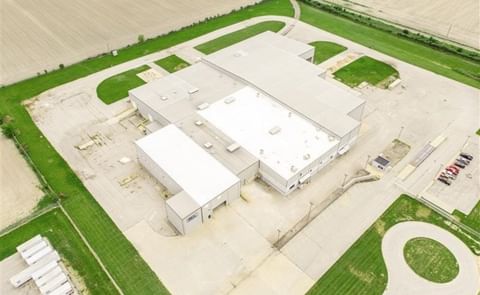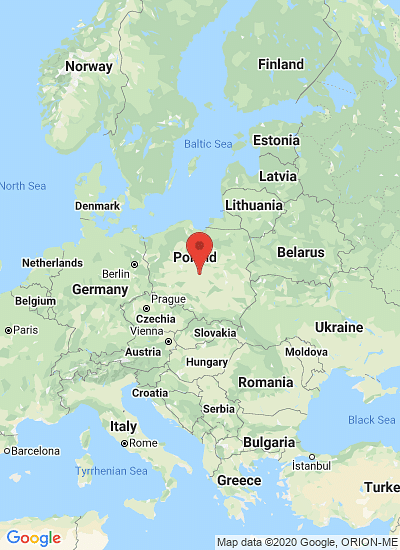Andrzej and Irena Paszota, potato farmers in northern Poland, are in the vanguard of the modernisation of the agriculture sector.
With 600 hectares of their own land and 120 hectares rented from neighbours, they run what is by Polish standards a very large agri-business. The national average holding is 7.5 hectares, with three-quarters of farms less than 5 hectares.
The Paszotas were well prepared for European Union entry, which brought big changes in agriculture, because they had invested heavily in renovating their farm well in advance.
Both agriculture graduates, they leased the property from the state in the 1990s and bought it outright in 2001. They specialised early in potato production and sell most of their annual 4,000 tonnes to a big chip-making plant.
Mr Paszota, 43, says they were helped at the outset by some family savings, but had to work hard to raise the efficiency of the former state farm.
The Paszotas’ success was not guaranteed. Their farm is one of five carved out of a much bigger communist-era collective: none of the others has done as well. Now, Mr Paszota is planning further investments. “We must look to the future,” he says.
Across Poland, many market-oriented farms have done equally well since Poland joined the EU, powered by effective pre-accession preparations, by EU farm subsidies, by access to EU-wide markets, and by the 2005-07 surge in global agricultural prices.
Fears that Polish farmers might be wiped out by western European competition have proved completely unfounded, as president Lech Kaczynski told a farmers’ conference last month.







